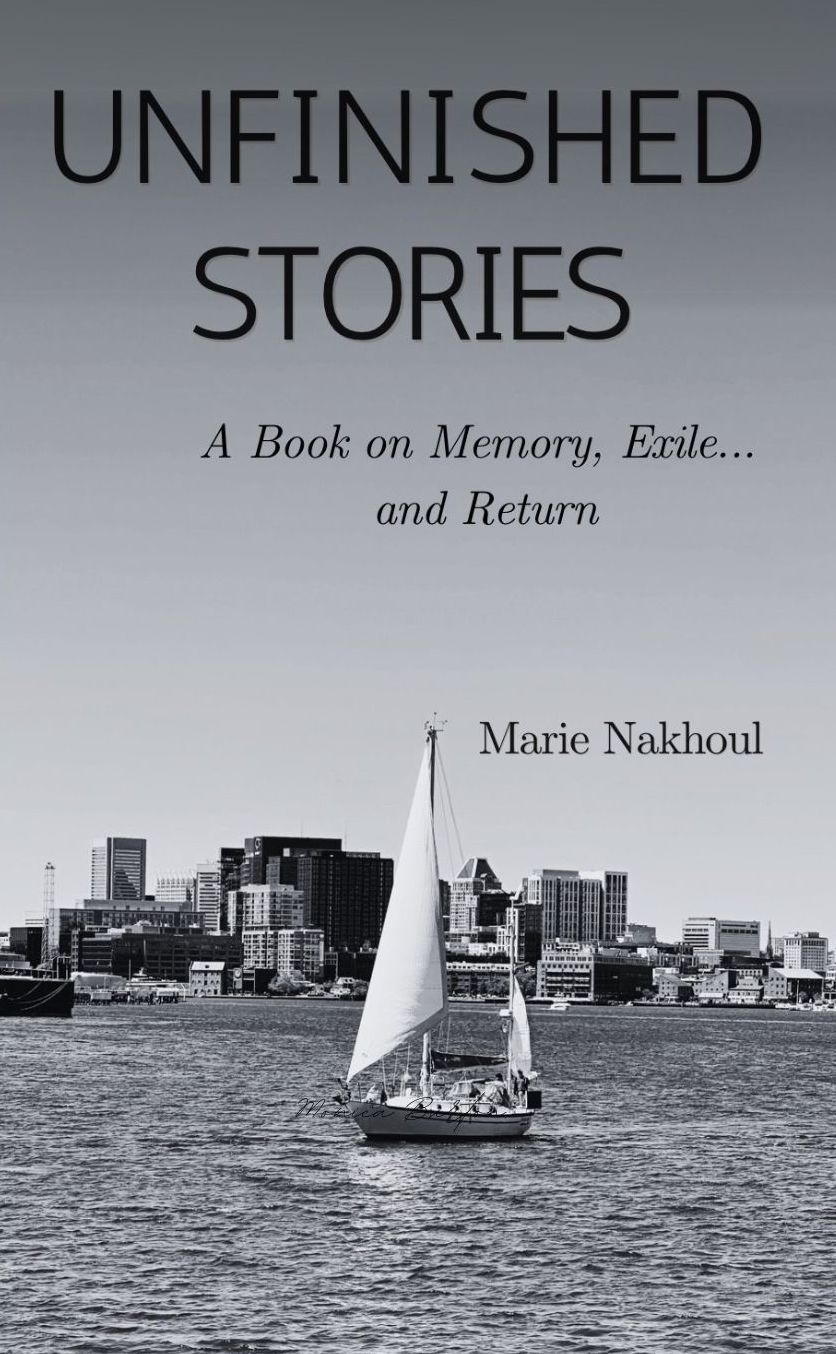
Patrick O’Shea, PhD, MS, the new vice president for research (VPR) overseeing the joint research enterprise of the University of Maryland, Baltimore (UMB) and the University of Maryland, College Park (UMCP), is no stranger to the two institutions.
Not only has he most recently served as deputy VPR at UMCP, but he also served as UMCP’s VPR from 2011 to 2016, when UMCP and UMB launched their strategic research partnership.
The UMB-UMCP research enterprise spends $1.4 billion on research annually and collectively ranks 11th nationally among public institutions, according to the most recent National Science Foundation Higher Education Research and Development survey. As VPR, O’Shea collaborates with the presidents and senior leadership of UMB and UMCP to shape a forward-looking vision and strategy, guided by national trends in funding and the universities’ key strengths in areas such as quantum research, artificial intelligence, data science, health and biomedical advancements, and national security.
O’Shea is a professor in the Department of Electrical and Computer Engineering at UMCP, with affiliate appointments in the Institute for Research in Electronics and Applied Physics and the Department of Physics. He is a UMCP Distinguished Scholar-Teacher.
After his first term as VPR, O’Shea served as president of University College Cork, Ireland (UCC). He earned his bachelor’s degree in physics from UCC and his master’s and doctorate degrees in physics from UMCP.
O’Shea, who began his new role July 1, recently talked with CATALYST magazine about challenges faced this year and his views on UMB and UMCP’s global research responsibility.
Since being named VP for research, what challenges have you faced with the Trump administration’s cuts to research funding and how have you been able to address them?
We recently held a leadership retreat, and one of the recommended readings was “Who Moved My Cheese?” We are very much in a moment when our cheese has been taken away, and we don’t yet know quite where to find new cheese. My role as the coach of the research team is to help our colleagues discover new insights.
It is said that in every crisis lie the seeds of opportunity. We are now well-positioned to weather the current storm, pivot, and grow in new directions. We have several joint research activities that can build upon cutting-edge research in areas such as quantum computing and artificial intelligence, which will reveal new pathways to personalized diagnosis and treatment, as well as novel types of precision manufacturing here in Maryland.
What are your goals in the next six months for the UMB/UMCP research enterprise? The next year? What do you foresee moving forward?
When I was VPR at College Park over a decade ago, I played a key role in developing the research relationship between UMCP and UMB. Our relationship has blossomed since then.
Being the chief research officer of both of our campuses, I see tremendous value in our partnership as we continue to expand and diversify our research enterprise. From improving human health to addressing energy usage and sustainability, our work spans every discipline, aiming to make a positive impact both locally and globally. We will continue to foster and strengthen collaboration across our campuses, expand partnerships with industry and foundations, and continue to build the infrastructure necessary to support responsible and innovative research that improves lives.
By working together in partnership, we will prosper.
How do you view UMB’s research responsibility globally?
Great research universities are in the community, for the community, and of the community, locally and globally. Our research informs how we shape students to become leaders and effective problem solvers. Preparing them to think globally, act responsibly, and value diverse perspectives is at the core of our mission.
What is your own research currently focused on?
I like to say that I create light where there is darkness, so that we can better see, communicate, measure, and heal. One example of my work is the development of improved methods for generating bright electron and proton beams, such as those used for proton therapy cancer treatment or in X-ray lasers for imaging complex biomolecules.
What would people be most surprised to learn about you?
Every weekend, I deliberately get lost in the woods and then find my way home. I’m a member of the Quantico Orienteering Club. Orienteering is a sport that combines off-trail running while navigating with a paper map and compass to find a series of checkpoints. The checkpoints are small flags that are spread over several square miles of forest and are often difficult to spot. My goal is to visit these checkpoints in the given order, choosing my own route between them, in the shortest time possible. Orienteering is good for both the brain and the mind.



